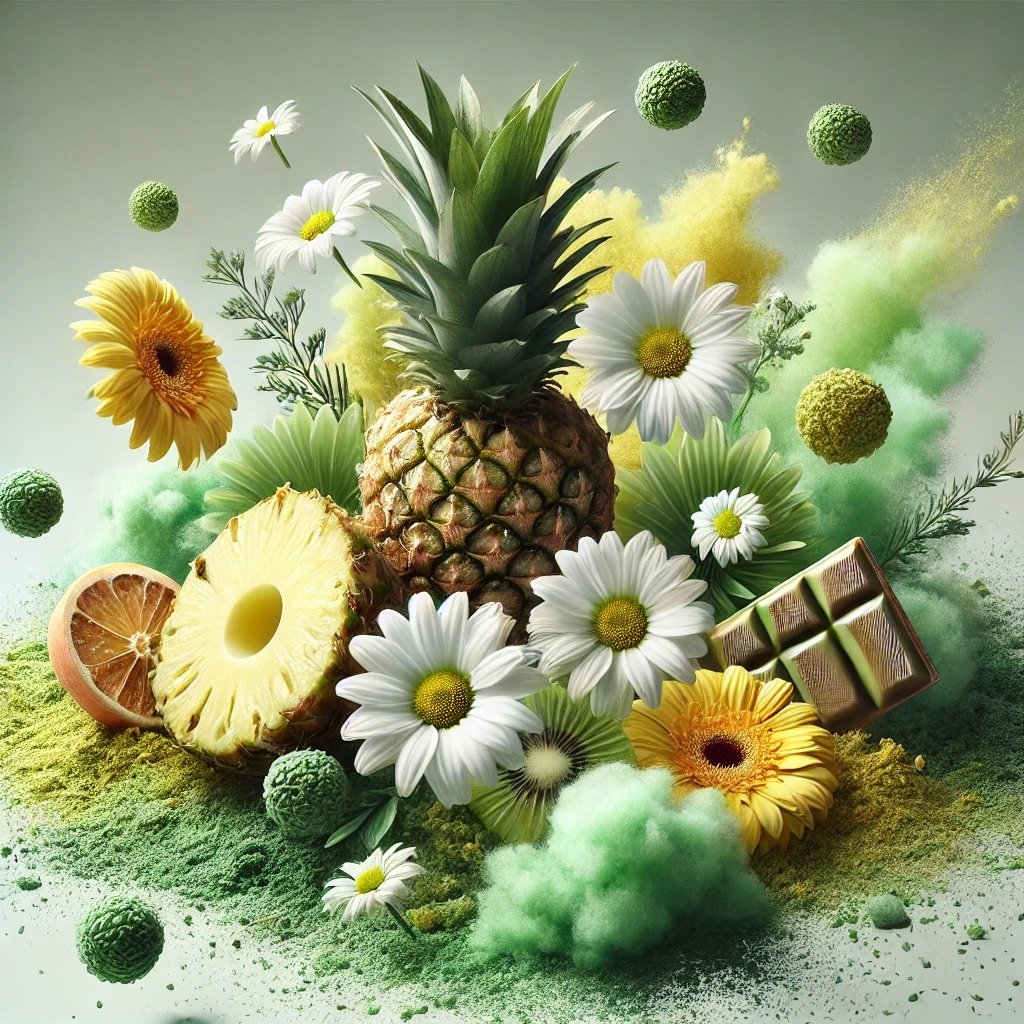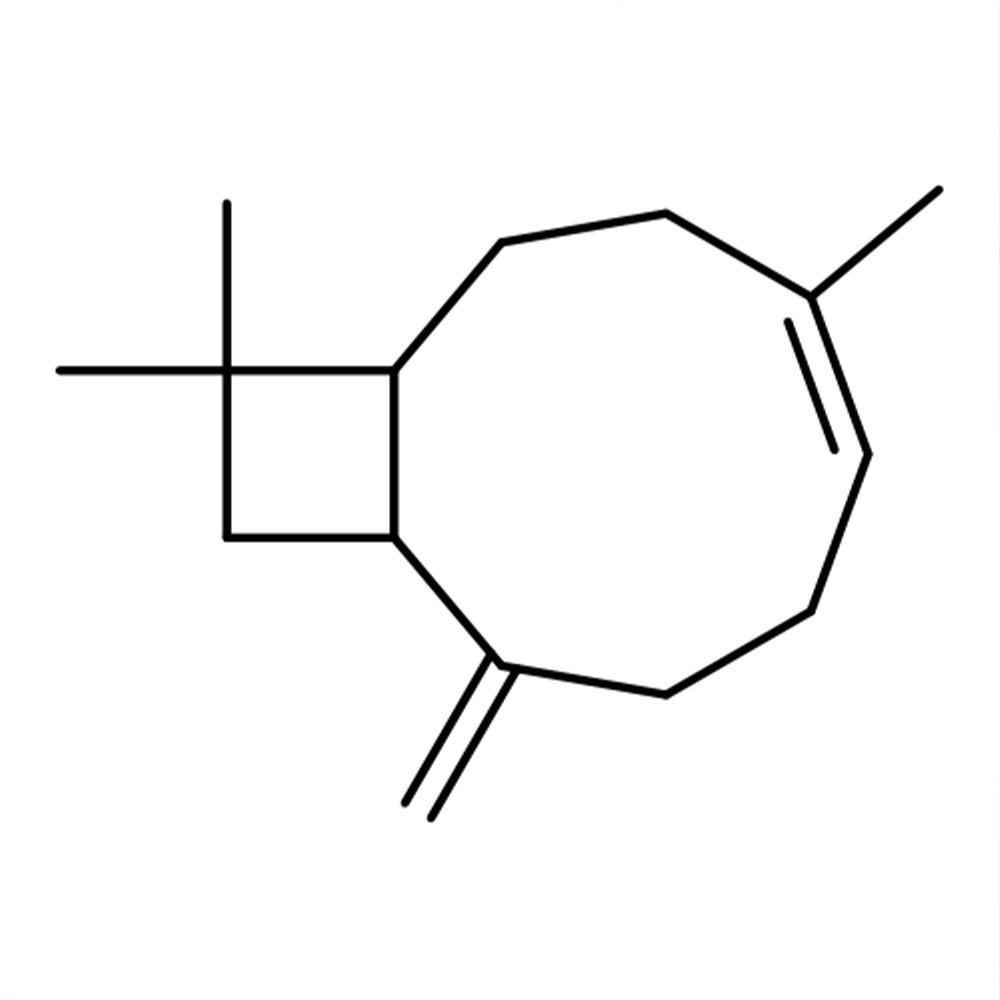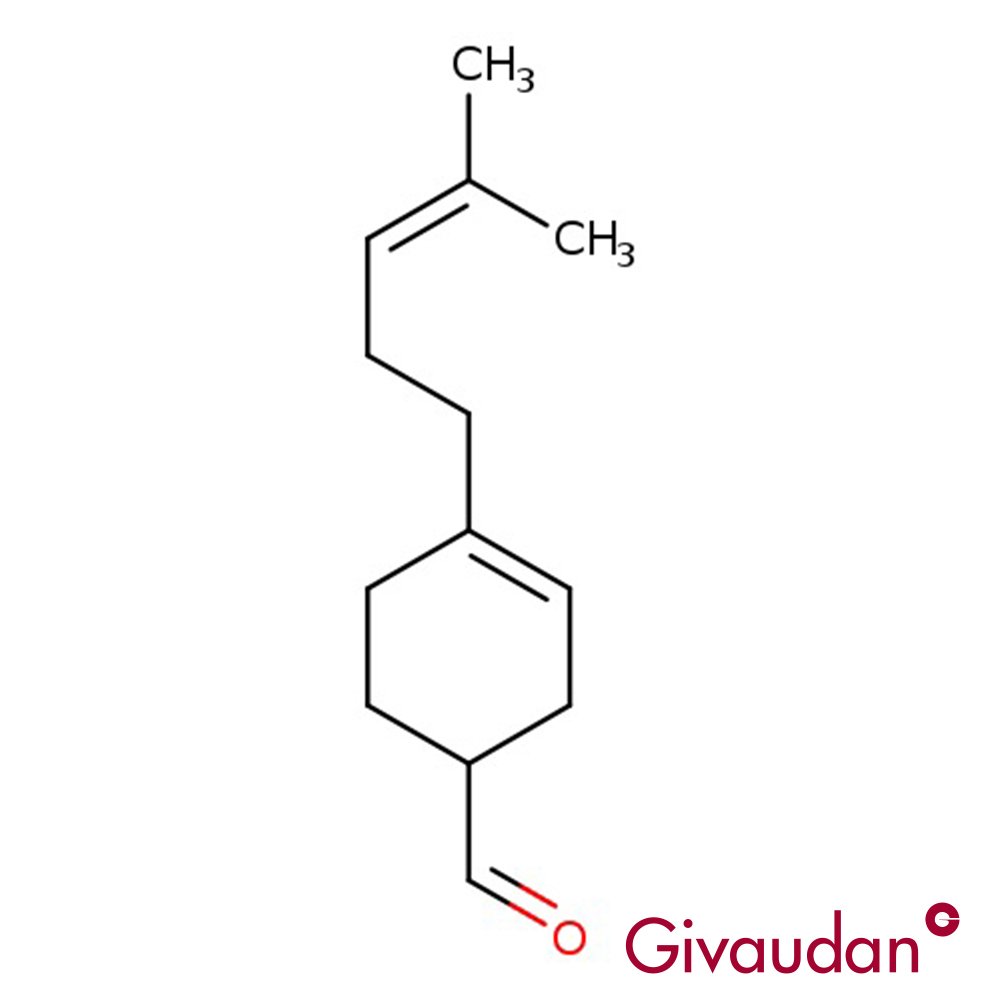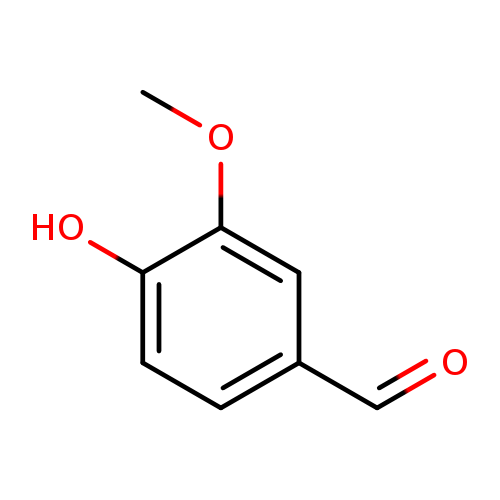 Image 1 of 3
Image 1 of 3

 Image 2 of 3
Image 2 of 3

 Image 3 of 3
Image 3 of 3




Allyl Amyl Glycolate
Premium Synthetic Ingredient for Perfumery
Allyl Amyl Glycolate (CAS 67634-00-8 / 67634-01-9), also known as Allyl (3-methylbutoxy)acetate, is a synthetic ester valued for its intensely fruity, green, and pineapple-like profile. Classified within the allyl ester family, AAG delivers a distinctive blend of fresh tropical fruit and green sharpness that offers both top-note brightness and a nuanced, powdery depth. With strong diffusive power and remarkable performance across product types, it is especially effective in fruity-floral, green, and tropical accords.
Premium Synthetic Ingredient for Perfumery
Allyl Amyl Glycolate (CAS 67634-00-8 / 67634-01-9), also known as Allyl (3-methylbutoxy)acetate, is a synthetic ester valued for its intensely fruity, green, and pineapple-like profile. Classified within the allyl ester family, AAG delivers a distinctive blend of fresh tropical fruit and green sharpness that offers both top-note brightness and a nuanced, powdery depth. With strong diffusive power and remarkable performance across product types, it is especially effective in fruity-floral, green, and tropical accords.
Premium Synthetic Ingredient for Perfumery
Allyl Amyl Glycolate (CAS 67634-00-8 / 67634-01-9), also known as Allyl (3-methylbutoxy)acetate, is a synthetic ester valued for its intensely fruity, green, and pineapple-like profile. Classified within the allyl ester family, AAG delivers a distinctive blend of fresh tropical fruit and green sharpness that offers both top-note brightness and a nuanced, powdery depth. With strong diffusive power and remarkable performance across product types, it is especially effective in fruity-floral, green, and tropical accords.
Technical Ingredient Overview
🔎 Chemical Name — Allyl amyl glycolate
🧪 Synonyms — Allyl 3-methylbutyl glycolate
🧬 Chemical Formula — C₁₀H₁₈O₃
📂 CAS — 67634-00-8 / 67634-01-9
📘 FEMA — 2062
⚖️ MW — 186.25 g/mol
📝 Odor Type — Fruity, green, sulfurous
📈 Odor Strength — High (trace amounts detectable)
👃🏼 Odor Profile — Pineapple, green apple skin, sulfurous, juicy, tropical
⚗️ Uses — Fine fragrance, functional perfumery, flavoring agent
🧴 Appearance — Clear to pale yellow liquid
What is Allyl Amyl Glycolate?
Allyl Amyl Glycolate is a potent aromatic ester belonging to the glycolate family, prized in perfumery for its intense tropical fruit character. Used at extremely low concentrations, this molecule exhibits a powerful green-fruity profile that evokes fresh pineapple skin, green apples, and sulfur nuances. Due to its expressive tenacity and diffusion, Allyl Amyl Glycolate is widely adopted in both fine fragrances and functional perfumery as a top-note enhancer or fruity booster.
Historical Background
Allyl Amyl Glycolate emerged in the 1960s and 70s as part of broader research into sulfur-containing esters and their effects on green-fruity top notes. Although the original patent history remains limited in public documentation, it became commercially popular due to its signature use in “tropical” and “juicy” accords. The esterification of allyl alcohol with amyl glycolic acid yields this powerful molecule. Its trajectory in perfumery followed the same route as Allyl Caproate and similar esters, offering an accessible path to pineapple and apple top notes without using natural extracts, which are unstable or costly.
Olfactory Profile
Allyl Amyl Glycolate belongs to the fruity-green olfactory family. It is characterized by a piercing, juicy pineapple note enriched with apple skin facets and a light sulfurous underpinning. Arctander (1960) describes it as "a pineapple-type odor of great strength and lasting power even in extreme dilutions” (Arctander, 1960). The presence of the allyl group confers strong diffusive power, while the glycolate structure anchors it with surprising tenacity.
Volatility: Top-to-mid note
Fixative role: Minimal, used more for impact and radiance
Tenacity: Excellent for its olfactory class
Use concentration: Often under 1% in fine fragrance
Applications in Fine Fragrance
Allyl Amyl Glycolate is used extensively in:
Tropical accords (pineapple, mango, passionfruit)
Green-fruity facets (apple, pear, melon)
Fougères and modern chypres for lifting citrus openings
Floral-fruity blends, especially with rose, jasmine, and lily of the valley
It synergizes well with materials such as cis-3-Hexenol, Linalool, Hedione, and Ethyl Butyrate. Its trace use in iconic fragrances like Polo Green and Safari has been documented (Sell, 2019), where it supports green and aromatic top notes.
Performance in Formula
Its high impact at low dosage makes it valuable for economic and expressive formulations. It behaves well in alcohol-based systems and moderately well in aqueous formats (e.g., fabric softeners). In soap bases, it may require anchoring for stability. It contributes strong diffusion, brightness, and a recognizable "juiciness" in blends.
Industrial & Technical Uses
In the flavor and aroma industry, Allyl Amyl Glycolate (FEMA 2062) is used to impart pineapple, apple, and tropical notes to beverages, candies, and chewing gum. It is GRAS (Generally Recognized As Safe) in the US when used within FEMA/GRAS limits. Additionally, it finds some application in odor masking formulations for industrial cleaning products, where it counteracts chemical harshness with pleasant fruity overtones.
Regulatory & Safety Overview
IFRA Status — As of IFRA 51st Amendment (2023), not restricted for use, but best practices suggest keeping concentrations low due to sensitization risk at higher doses.
GHS Classification — Not classified as hazardous under CLP.
EU Cosmetic Regulation — Allowed, no specific restrictions; not listed as an allergen.
FEMA GRAS — 2062; recognized for food use with specified limitations
Toxicology — LD50 data not widely published; considered of low toxicity when used within olfactory standards.
REACH — Not registered as a high-concern substance
Additional Notes from Scentspiracy
"Allyl Amyl Glycolate is one of those 'trace-wonders': just a drop can turn a dull fruity accord into something lively and green. Its pineapple-like brightness and sulfurous snap are tools no perfumer should overlook."
Scentspiracy
References
Arctander, S. (1960). Perfume and Flavor Chemicals (Aroma Chemicals). Montclair: Author.
Sell, C. (2019). The Chemistry of Fragrances (3rd ed.). Royal Society of Chemistry.
The Good Scents Company. (2024). Allyl Amyl Glycolate. Retrieved from http://www.thegoodscentscompany.com/data/rw1023951.html
FEMA. (2023). FEMA GRAS 2062. Flavor and Extract Manufacturers Association.
Scentspiracy. (2024). Allyl Amyl Glycolate. Retrieved from https://www.scentspiracy.com/fragrance-ingredients/p/allyl-amyl-glicolate




